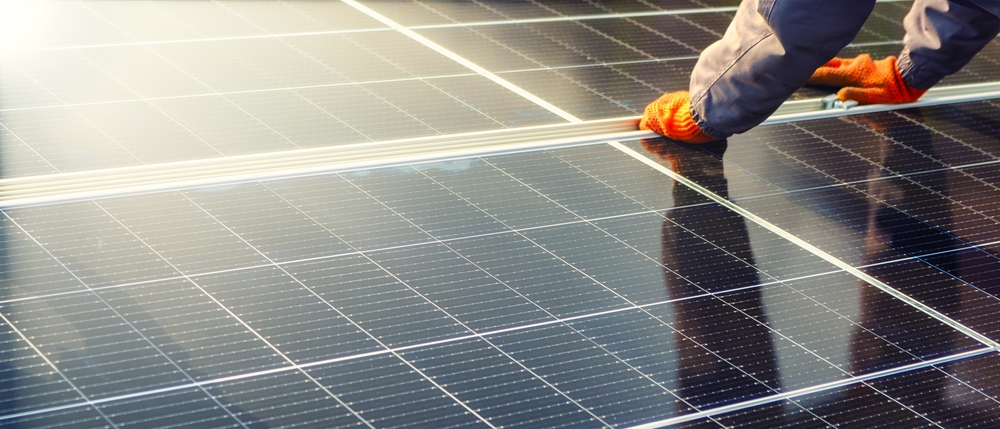Industrial, Solar, Sourcing Renewables - January 24, 2024
Bayer Adds Solar in New Jersey, California
Bayer, a healthcare and nutrition company, added two new solar energy projects to lower energy costs while increasing its use of renewable power.
A new solar array installed at Bayer’s vegetable research and development site in Woodland, California will provide 70% of the site’s electrical energy demand.
“These solar installations are a strong signal to our employees, customers and communities where we live and operate of our commitment to GHG emission reduction,” said Delf Bintakies, Global Head of Sustainability, Safety, Health & Environments (SSHE) at Bayer, in a statement. “Bayer sets specific criteria for its own procurement of green energy. This includes the proximity of energy production facilities to Bayer sites, the use of new sources of generation and a focus on wind and solar power.”
The Woodland solar power project follows a recently completed solar installation at Bayer’s main U.S. offices in Whippany, NJ.
Bayer’s reduction targets, which have been approved by the Science Based Targets initiative, aim to purchase 100% sustainable renewable electricity by 2030.
In Woodland, Bayer worked with Enel North America to complete a 2.7 MW solar and 1 MW / 2 MWh energy storage system that will power 70% of the site’s energy needs. The system utilizes ground-mounted solar panels capable of generating nearly two megawatts of electricity.
There is also a bank of batteries serving as storage for excess power to be used to offset evening peak power demand when solar generation subsides.
In addition, eight electric vehicle chargers will be installed for employee use later this year.
In Whippany, Bayer partnered with DSD Renewables (DSD) to complete a 1.7 MW ground mount solar installation that will offset approximately 25% of the Whippany site’s total annual usage. The installation is comprised of 3,600 modules that will follow or “track” the sun’s path from east to west each day.
The design, completed in December 2023, helps maximize the energy the system can produce.
Read These Related Articles:
Stay Up-To-Date












